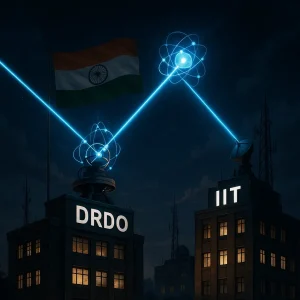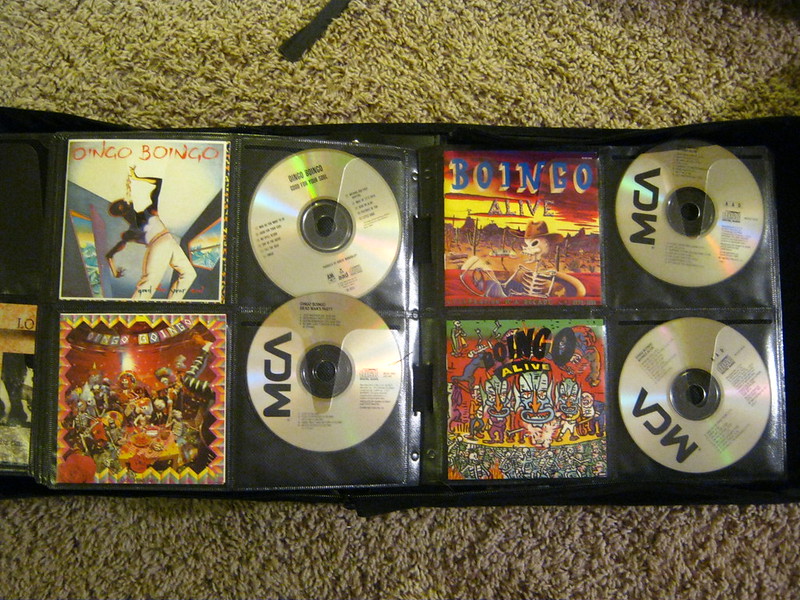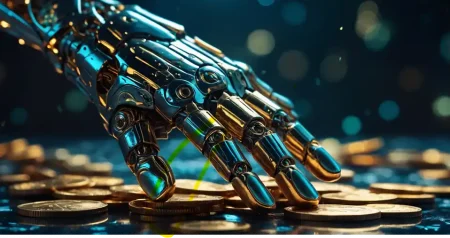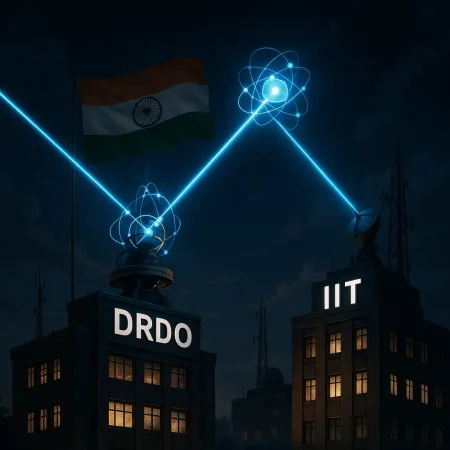These new optical disks, while expensive, would make it possible to store all the 5.8 billion indexed web pages that power ChatGPT, in the kind of CD binders we used to carry around in the 90s.
If you were old enough to drive in the 90s, you probably had a giant album of music CDs that you had to flip through to find the right song for a journey. A lot of us probably even had the album in our laps, flipping with one hand (and one eye), and steering and watching the road with the other.
That was before mp3s and streaming music took over and now the only time you see a CD anymore is when it’s hanging on a truck, usually on the bumper or the rear view mirror, as a useless decoration.
If you still miss CDs, however, you may not have to miss them for much longer thanks to a team of researchers at the University of Shanghai for Research and Technology who have developed a 3D optical disk with a storage capacity of 1.6 petabits.
Petabyte-scale data
Now to put that in perspective, a petabyte is basically 1,000 terabytes, making the storage capacity of just one of these new CDs equivalent to about a million traditional CDs. Since we don’t really count storage capacity in CDs anymore, 1.6 petabits is about 200 terabytes or 200 external hard disks. What’s interesting about these new disks is that while they have exponentially more storage space, they’re not much thicker than the optical disks we’re used to seeing.
They’ve achieved this by using 3D planar recording architecture to stack hundreds of layers of data, a micrometer apart from each other. This was done using nano-scale spots on an ultra-transparent recording medium called Aggregation-induced emission dye-doped photoresist (AIE-DDPR). For reference, traditional CDs and DVDs have up to two layers of data at most.
The team of researchers from Shanghai claim to have achieved exabyte-level (1,000 petabytes) storage by stacking these new optical disks into arrays. What’s interesting about the new recording medium that they have developed (AIE-DDPR), is that it exists as a thin film and can be used in both solid and colloidal states.
Additionally, this film can be optically stimulated by lasers which cause the molecules in it to aggregate. The storage mechanism is powered by what’s known as aggregation-induced emission which is a photophysical phenomenon where non luminescent molecules emit bright lights when they aggregate. These lights can also be inhibited by a deactivating beam, making it possible to create recording spots with an unprecedented resolution.
Breaking the optical-diffraction barrier
Up until now, optical storage devices were limited by what’s known as the optical-diffraction barrier, which in turn refers to the smallest pixel size or resolution that can be achieved while recording on to a medium. This is a fundamental limit imposed by and attributed to the wave nature of light. Data, when stored on a CD, is basically a series of dots and the optical-diffraction barrier puts a limit on how small those dots can get.
According to a post on ZME science, the team of researchers from Shanghai were able to blow past that barrier, and stack hundreds of layers of dots, in 3D dimensions to achieve exponentially more storage capacity than a traditional CD.
In addition to the AIE-DDPR film that can accommodate both the reading and writing process, the Chinese researchers deployed femtosecond lasers to optically stimulate the film. These lasers typically have very quick firing rates and can achieve pulse durations of a quadrillionth of a second. Min Gu, one of the researchers from Shanghai was quoted stating, “It has been a 10-year effort searching for this kind of material.”
He also goes on to add that the manufacturing process does not take very long (just 6 minutes) and is quite similar to the process of making traditional DVDs. That being said, however, the process is currently way more expensive than traditional optical disks with each petabit scale CD costing approximately $40,000.

In conclusion, with the total amount of data in the world set to reach 181 zettabytes by 2025, we definitely need some innovation on the data storage front. These new optical disks, while expensive, would make it possible to store all the 5.8 billion indexed web pages that power ChatGPT, in the kind of CD album we used to carry around in the 90s. That’s 56 Petabits which is apparently like having a playground full of hard disk drives compressed into the size of a desktop computer.
In case you missed:
- Researchers develop solar cells to charge phones through their screens
- Scientists have stored the human genome on a Kryptonian crystal
- From Fridge to Fusion Reactor, How Mayonnaise is Facilitating Nuclear Fusion
- Tiny robots made from human cells can heal wounds!
- Humans Just Achieved Teleportation? Clickbait vs. Facts
- So AI can get bored, “suffer,” and even commit suicide?
- Schrödinger’s Cat Just Made Quantum Computers 160x More Reliable!
- Training AI for Pennies on the Dollar: Are DeepSeek’s Costs Being Undersold?
- Quantum War Tech: DRDO and IIT help India take the lead!
- Lab-Grown Brain Thinks It’s a Butterfly: Proof We’re in a Simulation?












